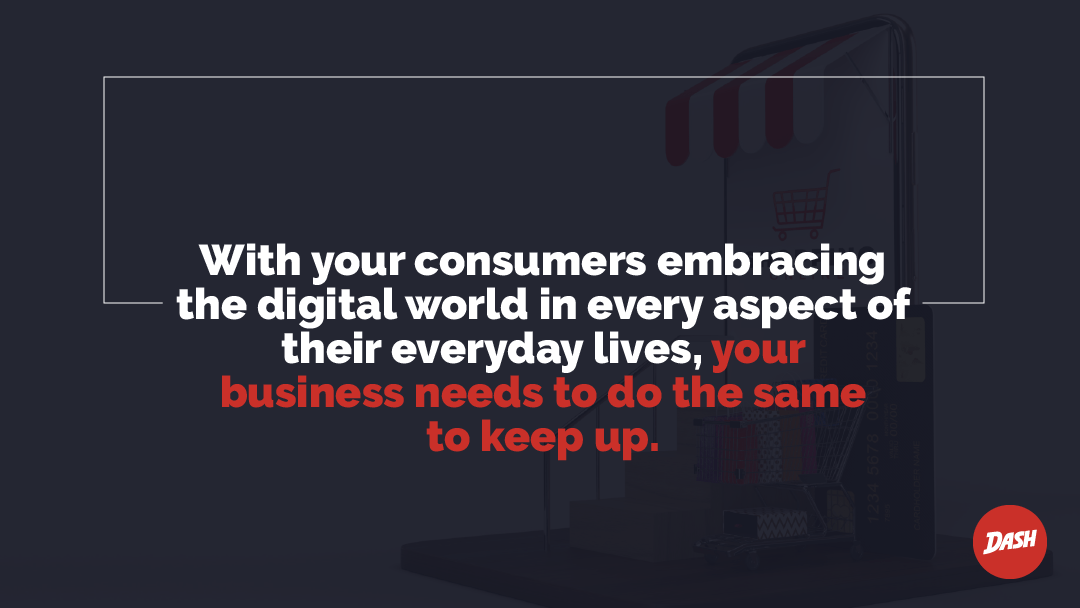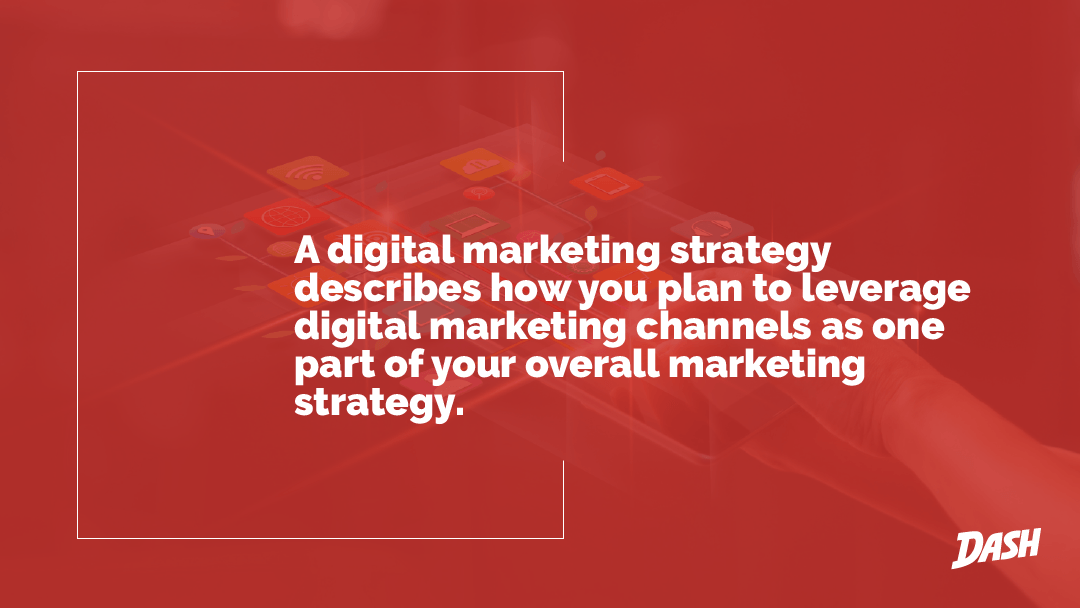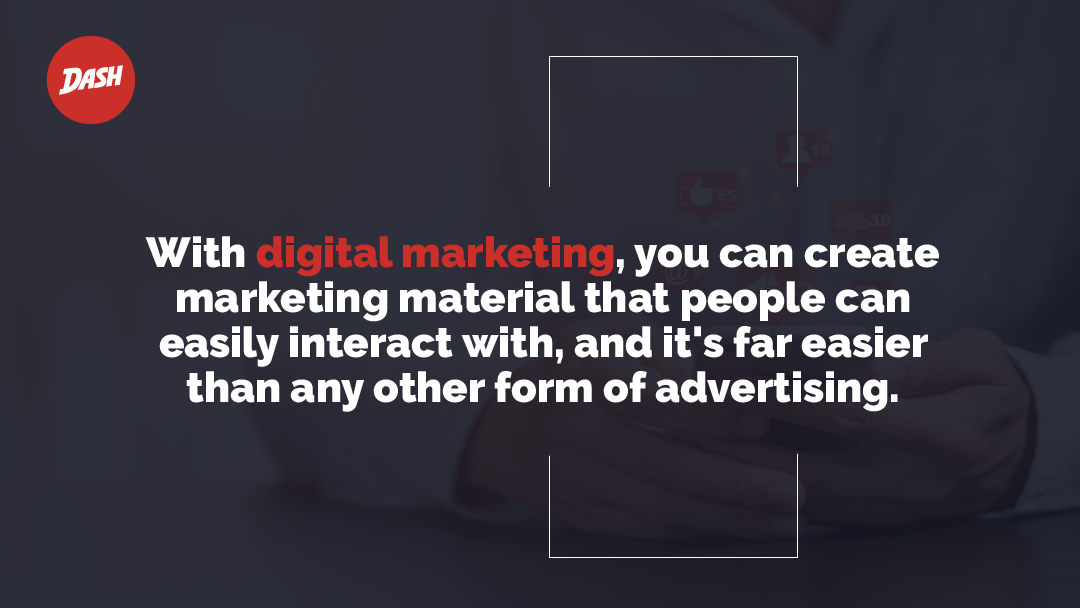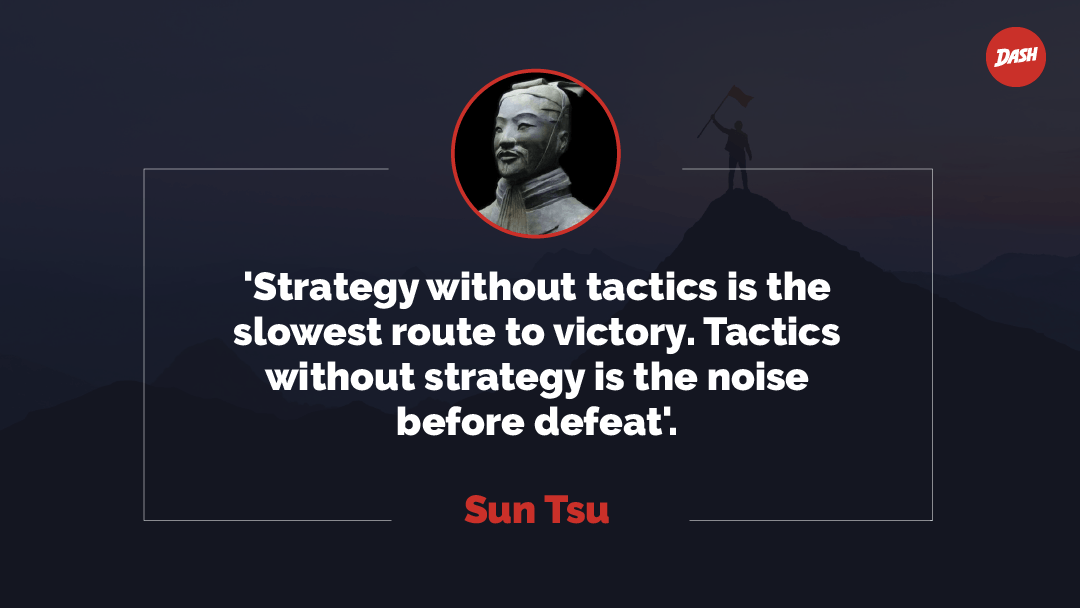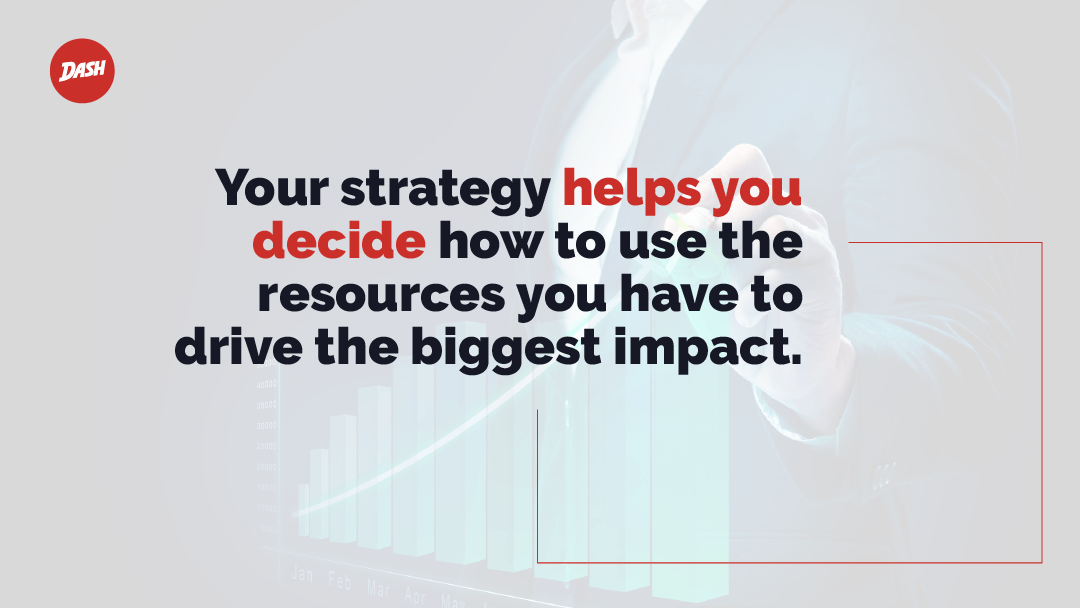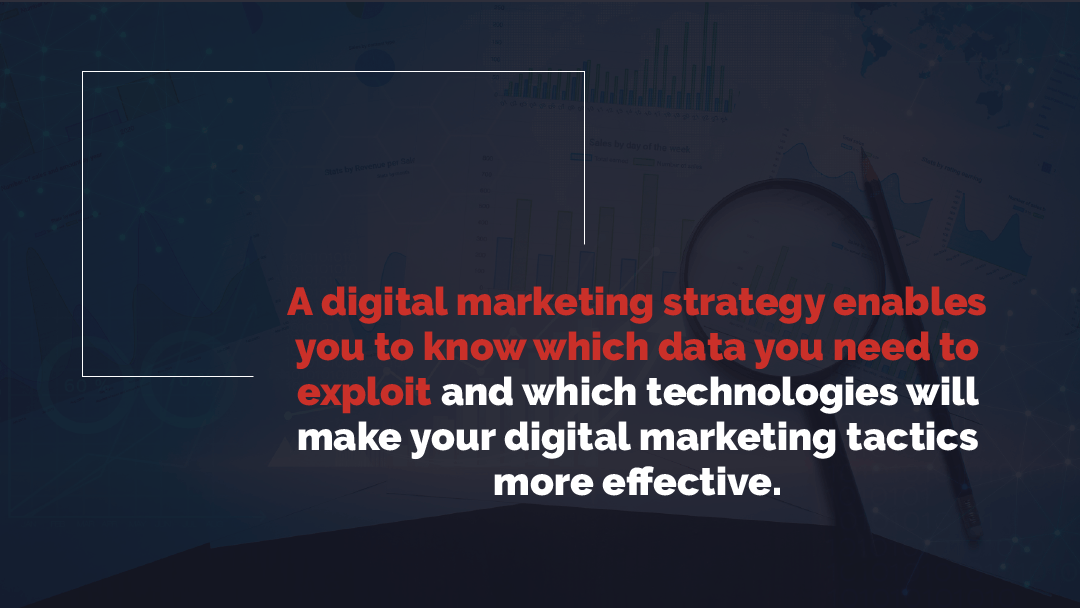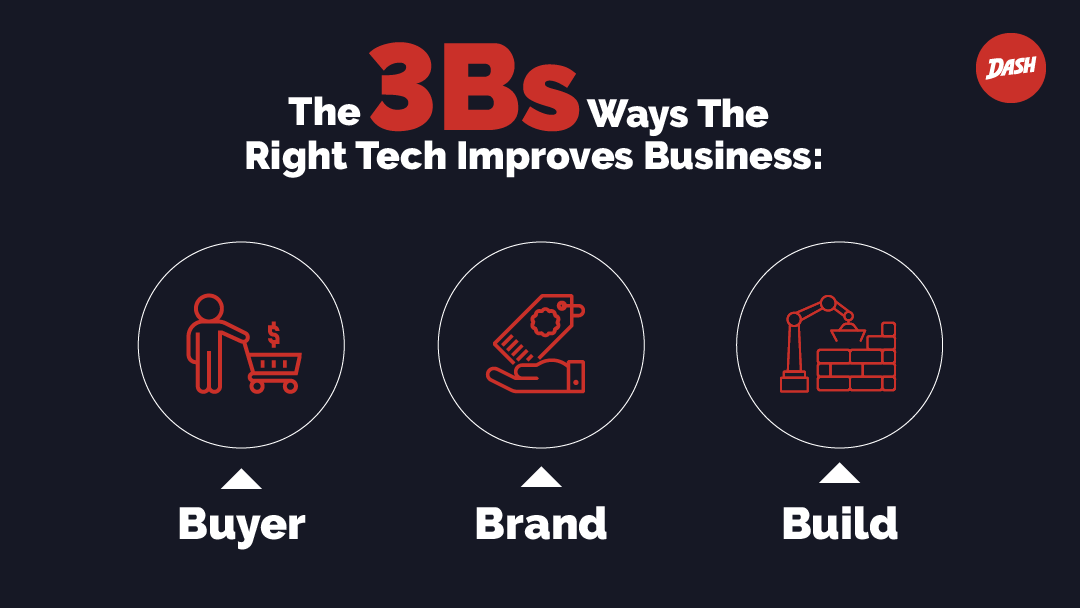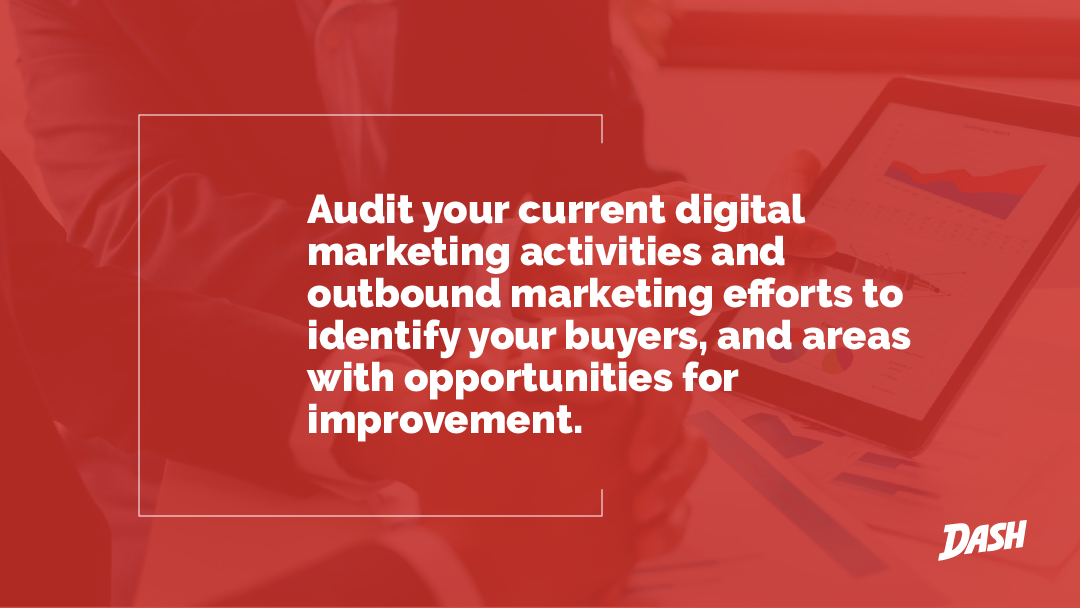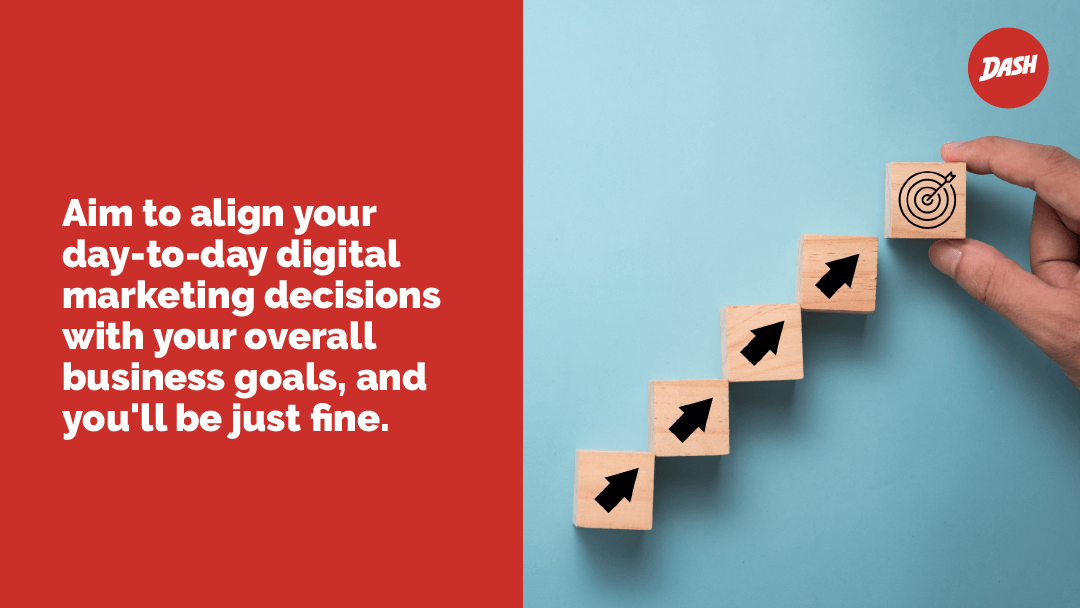Did you know that, according to Varonis 2019 Global Data Risk Report, on average, only 5% of companies’ folders are adequately protected?
The fact that
various difficulties were brought with COVID-19 in 2020 drove corporations
toward remote staff and cloud-based technologies where information
vulnerability created a massive need for companies to improve their cyber
assets or risk data loss and increment costs.
In this article,
you’ll discover more about the two main reasons why the Internet urgently needs
a P2P global network and the best alternative that implements this innovative
technology.
Feature 1: Internet Security
Cybercrime has increased by 600% due to the COVID-19 pandemic. Fraudsters have
boosted the use of sophisticated email, mobile, and computer malware armed with
the knowledge that people spend more time on their electronic devices.
Undoubtedly, with
the introduction of machine learning and tailored spear-phishing emails,
malware attacks have become increasingly sophisticated, which generates the
need to implement a P2P network to overcome. The chart below shows this
tendency as well:
Let’s see each section in more detail.
1)
Email Malware
An email malware
is a harmful code spread in electronic mail and can be activated when a user
clicks on a link, opens an email attachment, or interacts with the infected
message in some other way.
According to Purplesec
2021 Cyber Security Report,
malware is sent through email in 92% of cases, so knowing how to recognize it
can prevent being scammed in a non-P2P network architecture. The following are
some "red flags" that suggest an email may contain malware:
1. Suspicious sender's email address: If
the sender's email address is unknown or does not match an expected address for
a corporation, it's likely a malware email.
2. Your username appears in the email topic or
attachment: A virus email's subject box may contain your username or be
blank. Your username could be included in the filename of malicious
attachments.
3. Malware emails frequently include the words
"warning," "danger," or "urgency" to entice
recipients to respond hastily before they have had enough time to consider
their options. If you receive an email that asks you to download a file to
remedy an issue, be cautious.
2)
Mobile Malware
Mobile malware is
malicious software meant to attack mobile devices such as smartphones and
tablets to obtain personal information.
According to
Purplesec, the number of new malware types for mobile devices surged by 54% in
2018, which could arguably be prevented using a P2P open network.
Here are some
security tips for avoiding mobile malware:
1. Connect to a secure Wi-Fi network: When
people access their private data in public places, like an airport with free
Wi-Fi, the data may be accessible to criminal users sniffing wireless traffic
at the same point of access.
2. Prevent Jailbreaking: Jailbreaking
means breaking the device’s security model and allowing all apps, including
malicious ones, to access the data owned by other apps.
3. Encrypt your devices: It makes it
extremely hard for someone to break and steal data by protecting your gadgets
by fully encrypting the device. Setting the device and the SIM card with a secure
password is essential.
Have you ever
noticed strange cases of image pixelation or random windows popping up on your
screen? Or maybe you heard weird sounds? If your answer is yes, there is a high
chance that malware or virus may have invaded your machine, making the use of a
P2P virtual network urgently required.
According to
Purplesec, macOS malware grew 165% over the last year, and Windows development
rates for malware dropped from an all-time high to 11.6%.
However, there
are precautions you can take to avoid this kind of malware:
1. Update your antivirus: You must make sure that your apps, antivirus
software, and operating system are up to date to prevent your computer from
becoming infected.
2. Automatic virus scanning: Your antivirus software should contain
automated functions allowing continuous scanning of your machine against
viruses and performing cleanup.
3. Reboot in safe mode: Safely starting your computer offers you the
opportunity to run your antivirus program and look more closely at the
(potential) problem.
Feature 2: Decentralized Data
There are several
examples
of massive sales of data from
major technology companies to third parties previously seen, making it urgent
that data is spread in a fully decentralized internet now.
When someone
provides personal information to a company or any governmental entity, most people
do not understand how it is used and stored nowadays, which produces concerns
about the potential risks that data can suffer when stored in centralized data
centers.
Let’s see the
differences between centralized and P2P open network.
1)
Centralized Data Storage
Did you know that
80%
of the world’s data currently
resides in hyperscale data centers in central locations concentrated in 20
companies?
Centralized data
storage systems are built on a central server where authorized persons can
manage the information to make possible data traceability.
One of the most
significant disadvantages of centralized data storage is that it has deficient
privacy standards, making it easier for third-party participants to access data
through hacks.
2)
Decentralized Data Storage
A decentralized
cloud crypto strategy involves using several separate devices linked to the
network, supplied by various nodes. These nodes retain autonomous control,
which allows each of them to determine its criteria for the availability of
data workload.
A P2P network
offers increasing data privacy and transparency, reducing processing needs
which drastically decrease resource usage, making it cheaper to run within the
decentralized web.
After describing
these two essential features that the Internet must have now, we firmly believe
that ThreeFold is the best alternative to make a more secure, decentralized,
and sovereign internet.
ThreeFold Is the Best Solution to Have a Fully
Peer-to-Peer and Secure Internet
ThreeFold is a peer-to-peer
cloud storage
solution granting substantial energy efficiency compared to existing data
storage systems while letting information be 100% secure, private, and
available 24/7 without exception.
This fully decentralized
platform improves:
1)
Network Security
To close the
enormous security gap in data centers nowadays, the ThreeFold P2P virtual
network has developed its operating system called Zero-OS, which runs on the
nodes. Every node is linked inside a specified network and has its iPv4 or iPv6
address, which keeps the information 100% encrypted and private to the user.
Also, the
Peer-to-Peer Network uses a web gateway mechanism that allows the exposure of
services to the open internet without allowing incoming connections to keep
applications and storage secure at all times. This means there is no incoming
TCP/IP traffic allowed from the outside.
2)
Network Efficiency & Scalability
ThreeFold’s
Peer-to-Peer Network was designed to find the shortest possible path between
peers and encrypt the end-to-end connection. It allows for peer-to-peer links
like in meshed wireless networks. This is very different from consensus
mechanisms like distributed blockchains which use more networks than
centralized networks.
When you download
the same file from a peer-to-peer network, using a BitTorrent platform as a
starting point, the download is performed differently. The file is downloaded
to your computer in bits and parts from many other computers connected to the
same P2P network and already have that file or at least parts of it. At the
same time, the file is also sent (uploaded) from your computer to other devices
that are asking for it. This situation is similar to a two-way road: the file
is like multiple small cars coming to your PC while also leaving to others when
it is requested.
When it comes to
file-sharing, the larger a P2P network is, the faster it is. Having the same
file stored on many of the peers in a P2P network means that when someone needs
to download it, the file is downloaded from multiple locations simultaneously.
Peer-to-peer networks are incredibly scalable. Adding new peers is easy as you
don’t need to do any central configuration on a central server.
3)
Centralized Data & Points of Failure
Nowadays, the
centralized data issue is not the only problem that information management is
facing. There are also central points of failure in the system, which leads to
sporadic shutdowns that sometimes can last minutes and even hours.
To overcome
today's colossal data centralization gap, ThreeFold has created the most
optimized peer-to-peer cloud network, bringing privacy by design. All data and
applications remain under the user’s control.
Therefore, a P2P
global network, such as the one offered by ThreeFold, stimulates equality by
blocking a substantial amount of single-player data accumulation and also
eliminates the possibility of making websites around the world to be
disconnected because of the internet shutdowns.





